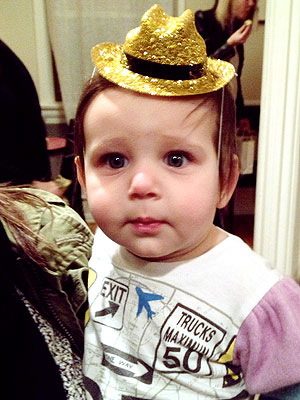
Peter Muhly/Agence France-Presse — Getty Images
Police officers in Belfast, Northern Ireland, remained with their armored vehicles as a car burned after violence between unionists and loyalists on Jan. 12.
BELFAST, Northern Ireland — For more than six weeks, it has been a dismal case of back-to-the-future, a crudely sectarian upheaval that has defied all attempts at peacemaking.
Paul Faith/Press Association, via Associated Press
Loyalist protests began in Belfast after the City Council voted to reduce the number of days a year the British flag was flown in public, to 18 from 365.
The scenes recall the sectarian bitterness that infused the 30 years of virtual civil war known as the Troubles: night after night of street protests marshaled by balaclava-wearing militants, who have updated their tactics by using social media to rally mobs; death threats to prominent politicians, some of whom have fled their homes and hidden under police guard; firebombs, flagstones and rocks hurled at churches, police cars and lawmakers’ offices; protesters joined by rock-throwing boys of 8 and 9; neighborhoods sealed off for hours by the police or protesters’ barricades.
Many had hoped that the old hatreds between Northern Ireland’s two main groups — the mainly Protestant, pro-British unionists, and the mainly Roman Catholic republicans, with their commitment to a united Ireland — would recede permanently under the auspices of the Good Friday agreement. That accord was reached 15 years ago as a blueprint for the power-sharing government that now rules the province.
But the fragility of those hopes has been powerfully demonstrated by more than 40 days and nights of violence that were triggered by a decision to cut back on the flying of the Union Jack, Britain’s red, white and blue national flag, over the grandly pillared, neo-Classical pile City Council building in central Belfast.
By the latest count, more than 100 police officers have been injured, along with dozens of protesters and bystanders. At times, the violence has expanded to other cities, including Londonderry. Business has slumped. Police commanders, their forces overwhelmed, have assigned dozens of officers to scan hundreds of hours of closed-circuit video, looking for ringleaders.
The crisis began modestly enough. The Belfast council, its pro-British members outvoted by a coalition of republicans and a small liberal bloc, decided in early December to limit the flag flying to 18 days a year, as specified by London for all of Britain. Through the decades when the council was dominated by Protestant unionists, committed to links with Britain, the flag flew from the pinnacle of the building every day of the year.
Incongruously, perhaps, most of those 18 days do not represent landmarks in Britain’s history — Nelson’s victory at Trafalgar, say, or Germany’s surrender in the Second World War — but the birthdays of Queen Elizabeth II and her family members, including the former Kate Middleton, now the Duchess of Cambridge, on whose 31st birthday, Jan. 9, the Belfast flag fluttered for the first time since it came down in early December. Under Britain’s strict rules about flying the national standard on public and private buildings, not even the Parliament buildings in London fly it on any but government-designated days. But the hauling down of the Belfast flag provoked a furious reaction, the most protracted period of unrest in many years in Northern Ireland.
Among pro-British loyalists, the episode was seen as part of the step-by-step erosion of the British presence, a stripping of what many of them call their identity. Other examples they invoke have also been symbolic, including moves to delete the word Ulster — an ancient designation for the northern Irish provinces commonly used by Protestants but mostly shunned by republicans — from the formal names of the province’s police force and its military reservists, and to remove the British crown emblem from the cap and shoulder badges of prison guards and other public officials.
But many of the province’s political commentators see the flag dispute as a token of something more profound and ultimately more threatening to the hopes for a permanent peace here.
They say the council’s decision on the flag, made possible by the fact that nationalists now hold 24 seats on the council, compared with 21 for the unionists, reflects the rapid growth of the Catholic population in the years since the Good Friday agreement, unsettling the long-held assumption among unionists that Protestants would constitute a permanent majority in the province.














